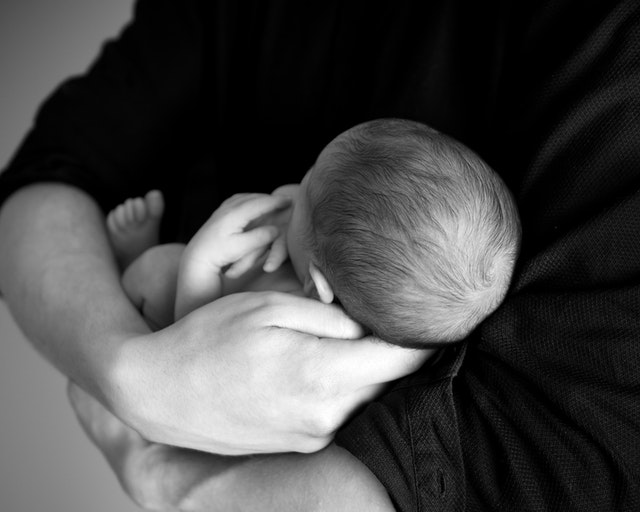Labor and Normal Delivery

You will be better prepared to deal with labor if you know exactly what will happen to your body at each stage. It is always better if you can practice relaxation and breathing techniques beforehand to help you cope with labor.
Signs of Labor
- The waters breaks:
The bag of fluid that surrounds the baby breaks. It may be either a sudden flood of water or a trickle of fluid if the baby’s head has engaged.
What should be done?
You need to go to the hospital at once even if contractions haven’t started as you might catch an infection. Call the hospital at once and in the mean time wear a sanitary napkin to absorb the flow.
- Vaginal bleeding:
Thick blood stained mucus that blocks the neck of the womb passes out of the vagina. This may happen during the early stages of labor.
What should be done?
The show may happen a few days before labor starts. Wait until the waters break or you experience back or stomach pain.
- Contractions:
This can start as a mild back ache or shooting pain down your thighs. As time passes, you may experience stomach contractions which seem like bad period pains.
What should be done?
When you start feeling the contractions, see how regular they are. If the contractions are coming less frequently, less than every 5 minutes or so and are not so painful, you don’t need to go to the hospital immediately. Initial labour lasts a normal of 12 to 14 hours and it is better to spend some of this time in the comfort of your home. Take a warm bath if your waters haven’t broken. Move around a bit and take rest as and when you feel like.
- False starts:
Braxton and Hicks contractions starts very early in pregnancy as the womb keeps contacting throughout. In the final weeks, these may become really strong making you think you are in labour. In labour, the contractions are very regular and grow stronger and more frequent with passing time.
First Stage
In this stage the muscles of the womb contract to open up the cervix to allow the baby to pass through at birth. This takes around 10 to 12 hours for the first baby.
Ways to help yourself
- Keep moving between contractions
- During contractions take up a comfortable position
- Stay as upright as possible
- Concentrate on your breathing to calm your mind
- Sing or moan and groan to release pain
- Take one contraction at a time and don’t think about others to follow
- Pass water often
Transition
The most difficult time is the end of the first stage when the contractions are the strongest. They last for about a minute and are a minute apart; this stage may last for about half an hour
Second Stage
Once the cervix has dilated and you can push, the second stage has begun. Pushing is hard work but each effort brings your baby’s birth closer. This stage usually lasts about an hour for the first baby.
Third Stage
During or just after birth you will be given a syntometrine injection in your thigh which makes the womb contract strongly and delivers the placenta almost immediately.
After Birth
You will be cleaned up and stitched if needed. The baby will be weighed and measured. The umbilical cord will be clamped and cut
Birth is the climax of labor and your baby has finally arrived. You can now touch and cuddle and feel a great sense of relief along with a protective urge towards the new born.
To read more on Pregnancy, click on the link below,


